An internal watchdog for the United States Environmental Protection Agency (EPA) has claimed that two states are possibly putting Americans at risk of exposure to toxic chemicals, as they aren’t accurately inspecting potential polluting facilities.
This watchdog has further claimed that these two states — California and Texas — need to better assess facilities that pollute in their state.
Tracking Polluters
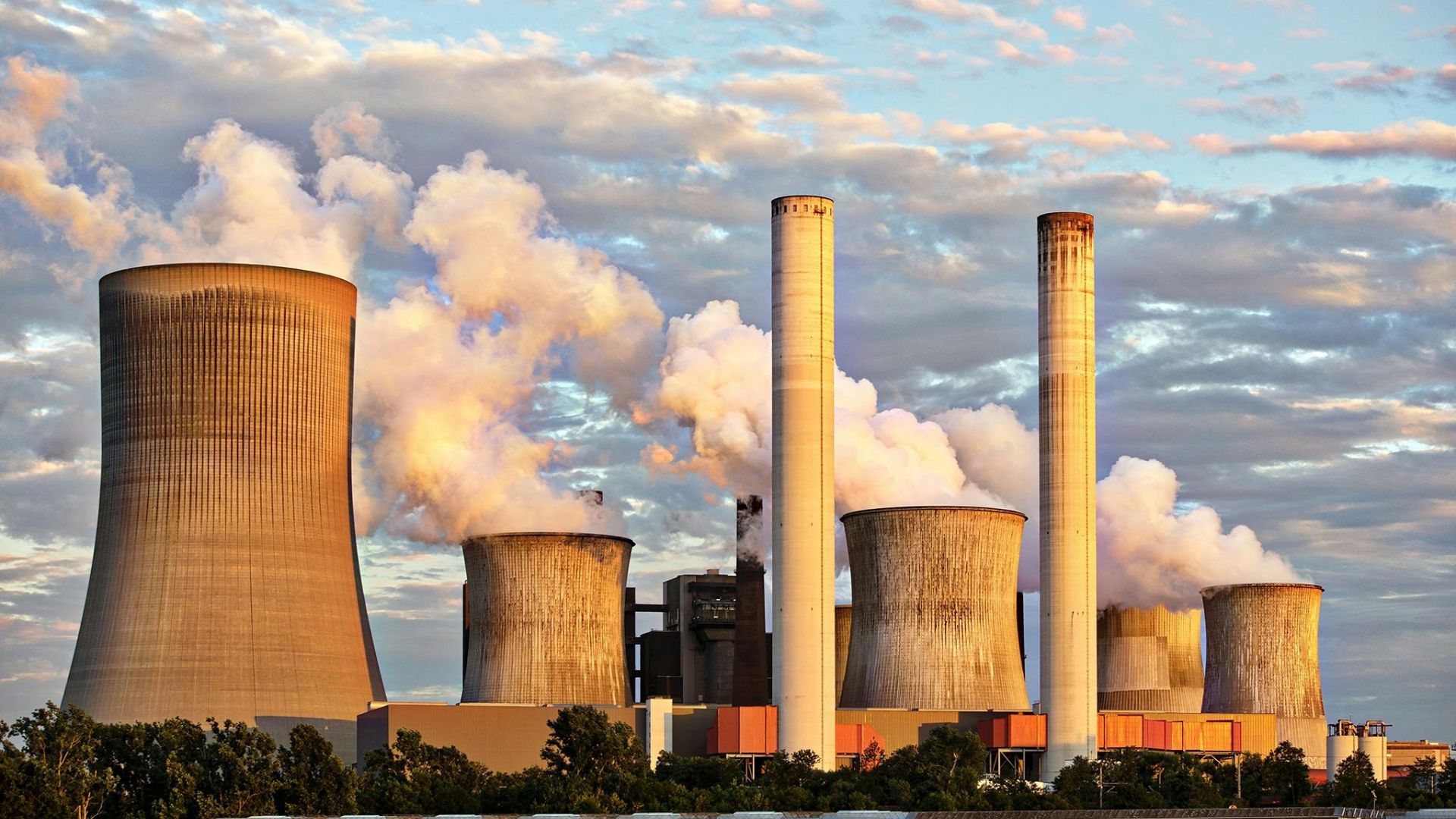
This assessment was conducted by the office of the EPA’s Inspector General, an internal watchdog for the federal EPA.
The watchdog analyzed how California and Texas state agencies have tracked potential polluters.
Texas Is Not Watching for Pollution
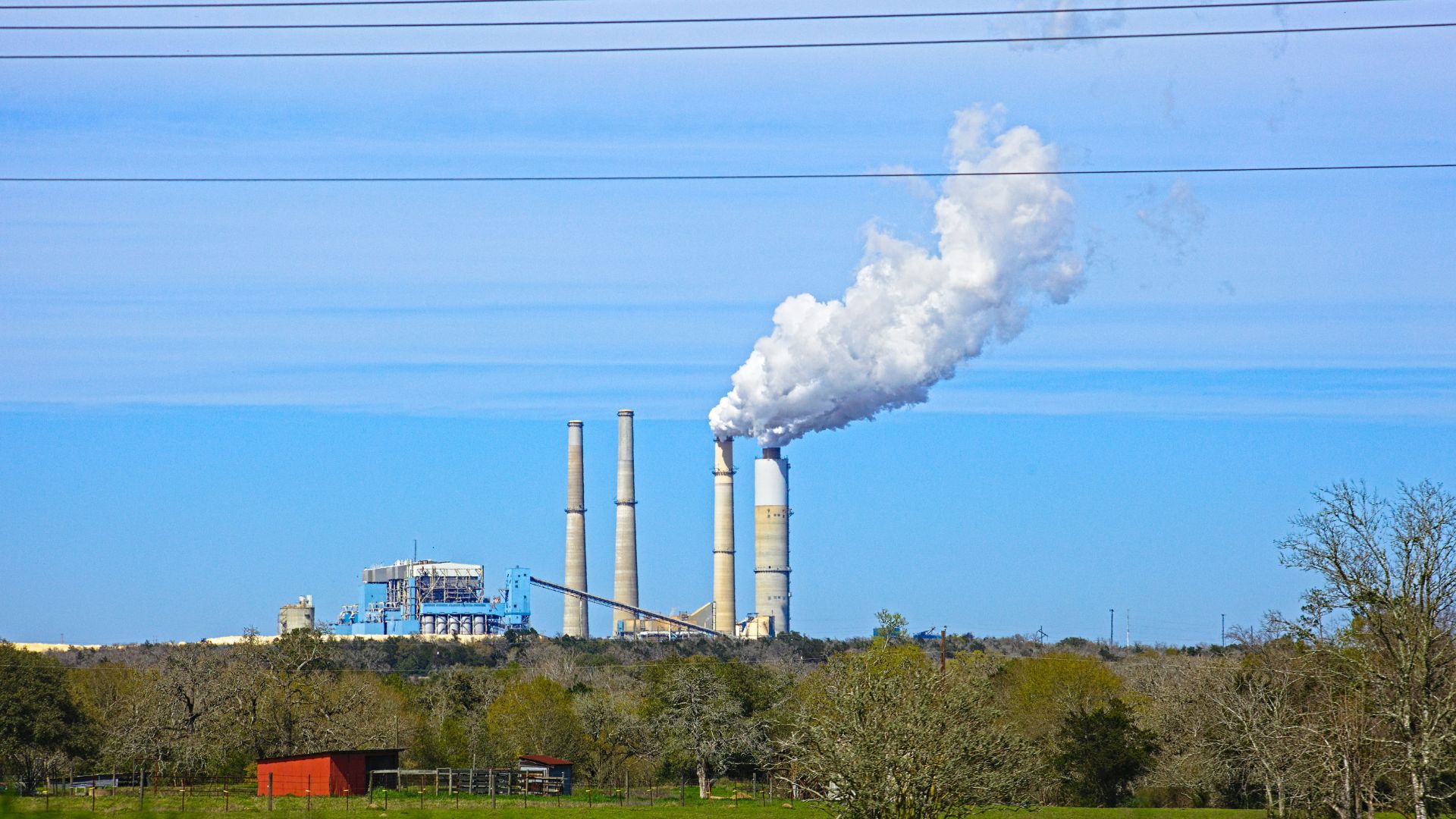
According to this watchdog, the Texas Commission on Environmental Quality (TCEQ) has not accurately been assessing the facilities within its state that may hit a pollution threshold.
TCEQ has not been keeping track of these facilities, nor ensuring that they do not hit a certain pollution milestone that the EPA should be aware of.
Texas Isn’t Visiting Polluting Facilities

This assessment further claims that the TCEQ has not visited 11 out of 18 state facilities that may meet this pollution threshold in the years 2017 to 2022.
Agency policy requires that visits to these facilities should occur every five years. The TCEQ has not done this.
California’s Failures
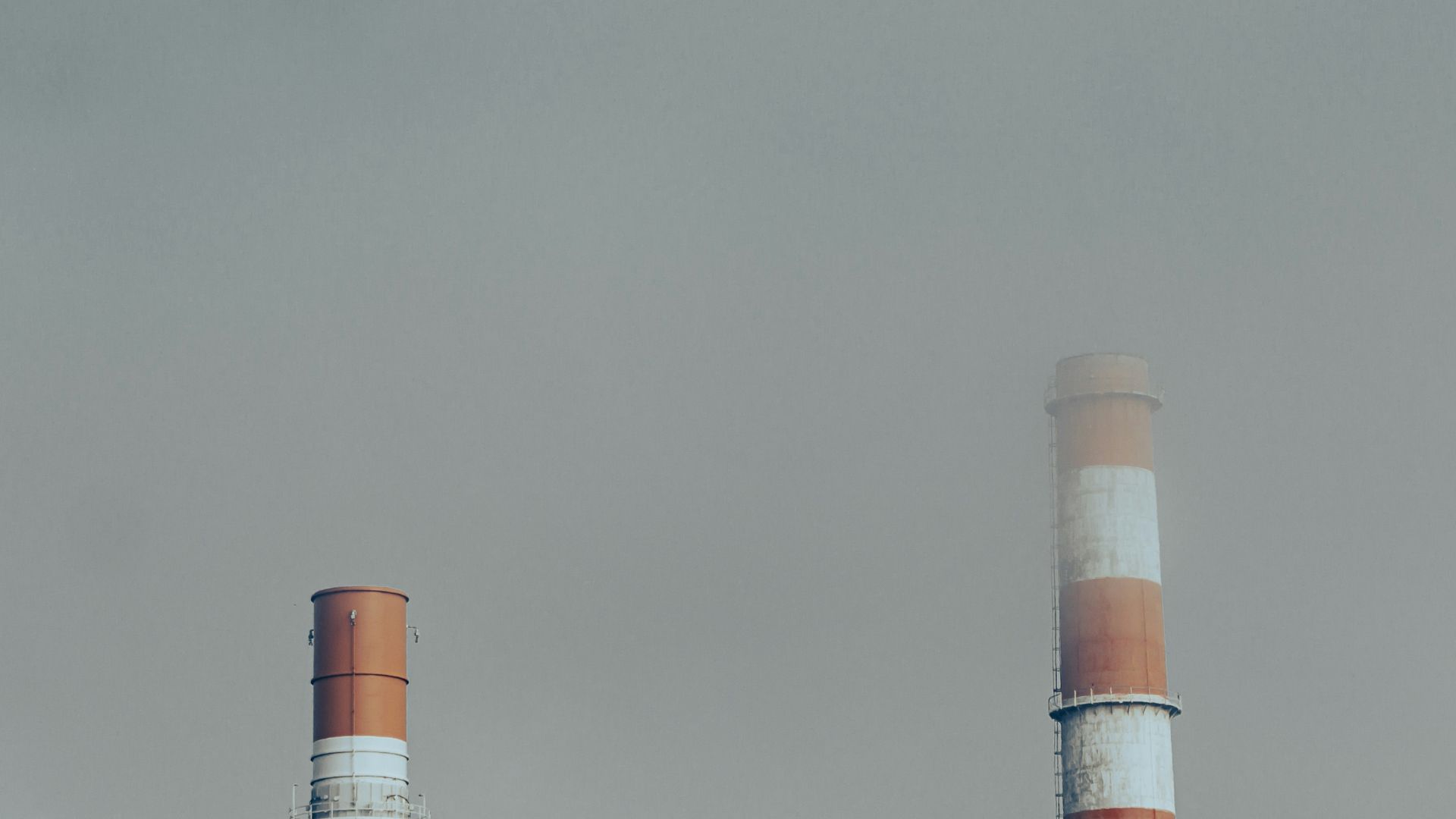
Texas agencies aren’t alone in this alleged failure, according to this EPA watchdog. California’s South Coast Air Quality Management District has also not visited potential polluting facilities in the past few years.
California hasn’t visited or inspected 27 out of the 109 facilities in the years 2016 to 2021. Agencies are supposed to make these assessments and visits every five years.
Why These Inspections Occur

This newest report explains that these inspections by state agencies must occur, as these facilities could soon become major polluters if they hit a certain threshold. These agencies are supposed to ensure these thresholds are not met during these visits.
If these five-year inspections do not occur, then there is the chance that the agencies do not accurately deter the facilities from polluting.
Americans Could Be at Risk
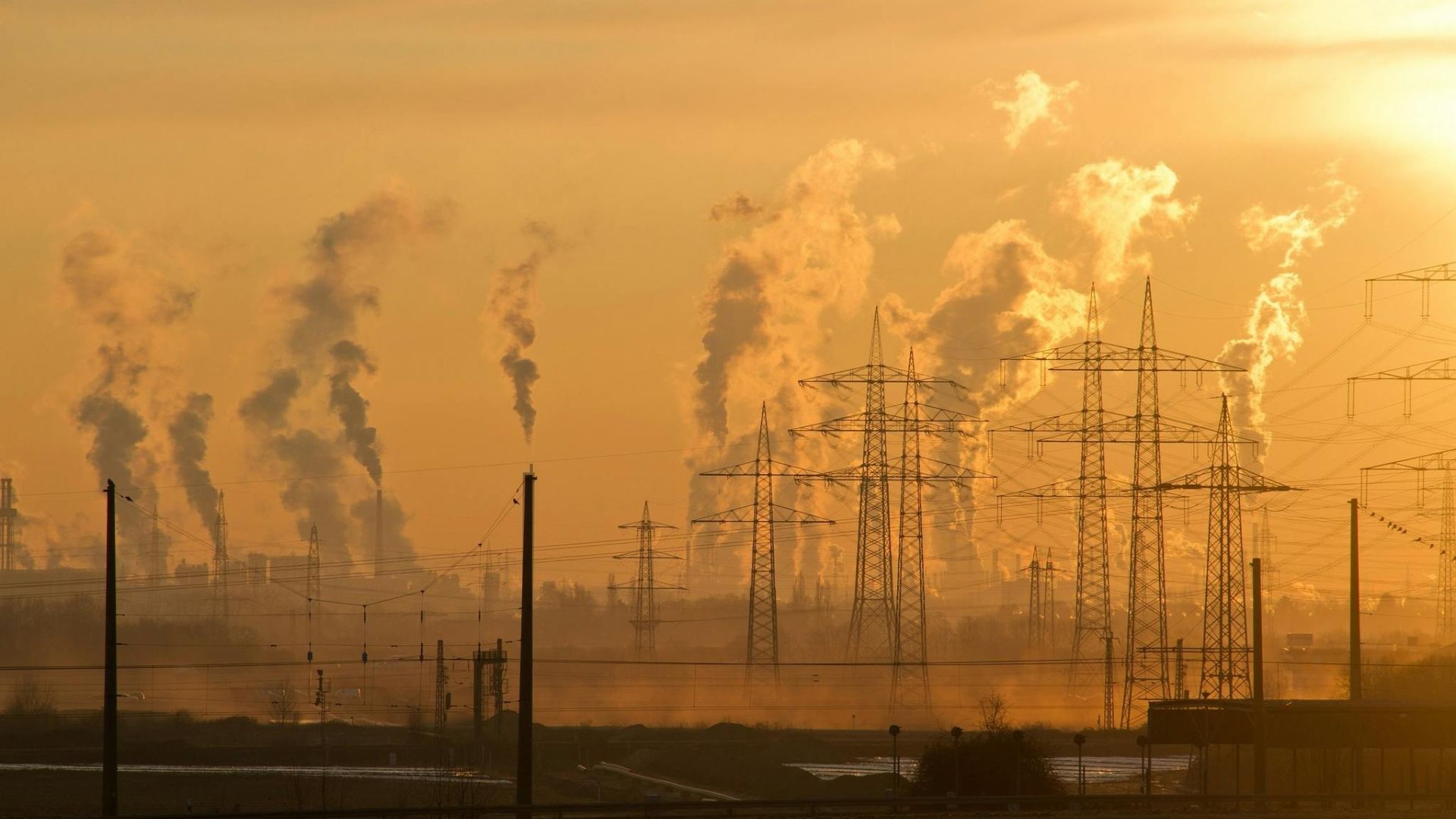
As a result, the watchdog claims that Californians and Texans could be at an increased risk of “exposure to air pollution in Texas and along California’s southern coast.”
Though these facilities aren’t considered “major” sources, they can still produce large amounts of pollution that the EPA wants to look out for. If they don’t keep these facilities in check, then Americans could be at risk.
How These Pollutants Can Harm Americans

These pollutants can put Americans in danger in various ways. For example, about 13 of Texas’ 18 polluting facilities emit volatile organic compounds.
These chemicals can lead to Americans suffering from toxic exposure, which can damage one’s nervous system, liver, and kidneys.
Texas Hasn’t Visited These Dangerous Sites
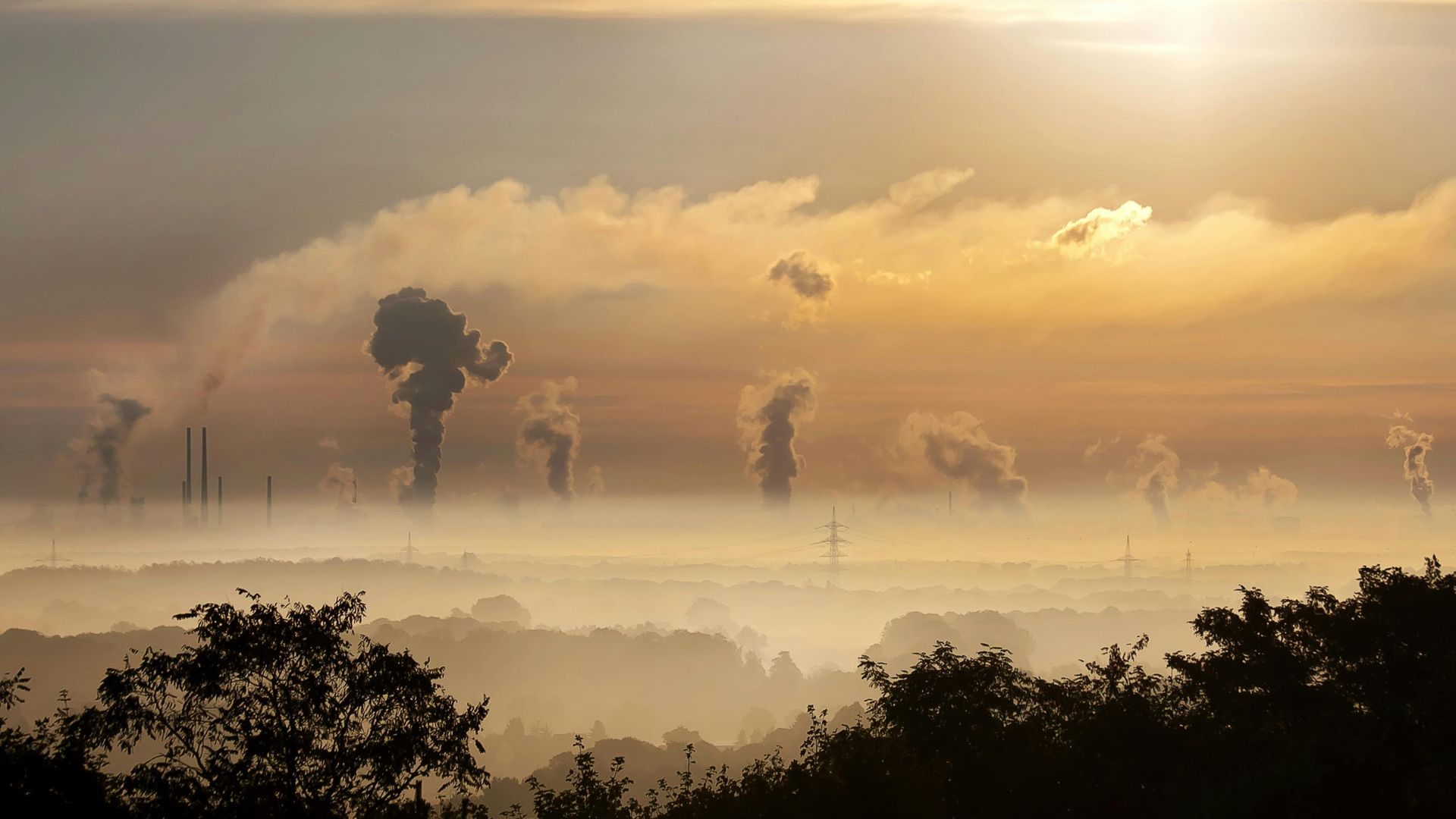
The EPA watchdog further alleges that Texas hasn’t visited seven of these potentially dangerous sites between 2017 and 2022. At least five have not seen an inspection since before 2012.
The EPA watchdog has stressed that these inspections must take place, as they serve as a major deterrent to these facilities to ensure their pollution doesn’t reach a certain threshold — and therefore, doesn’t put Americans at risk.
The Federal EPA Has Failed, Too
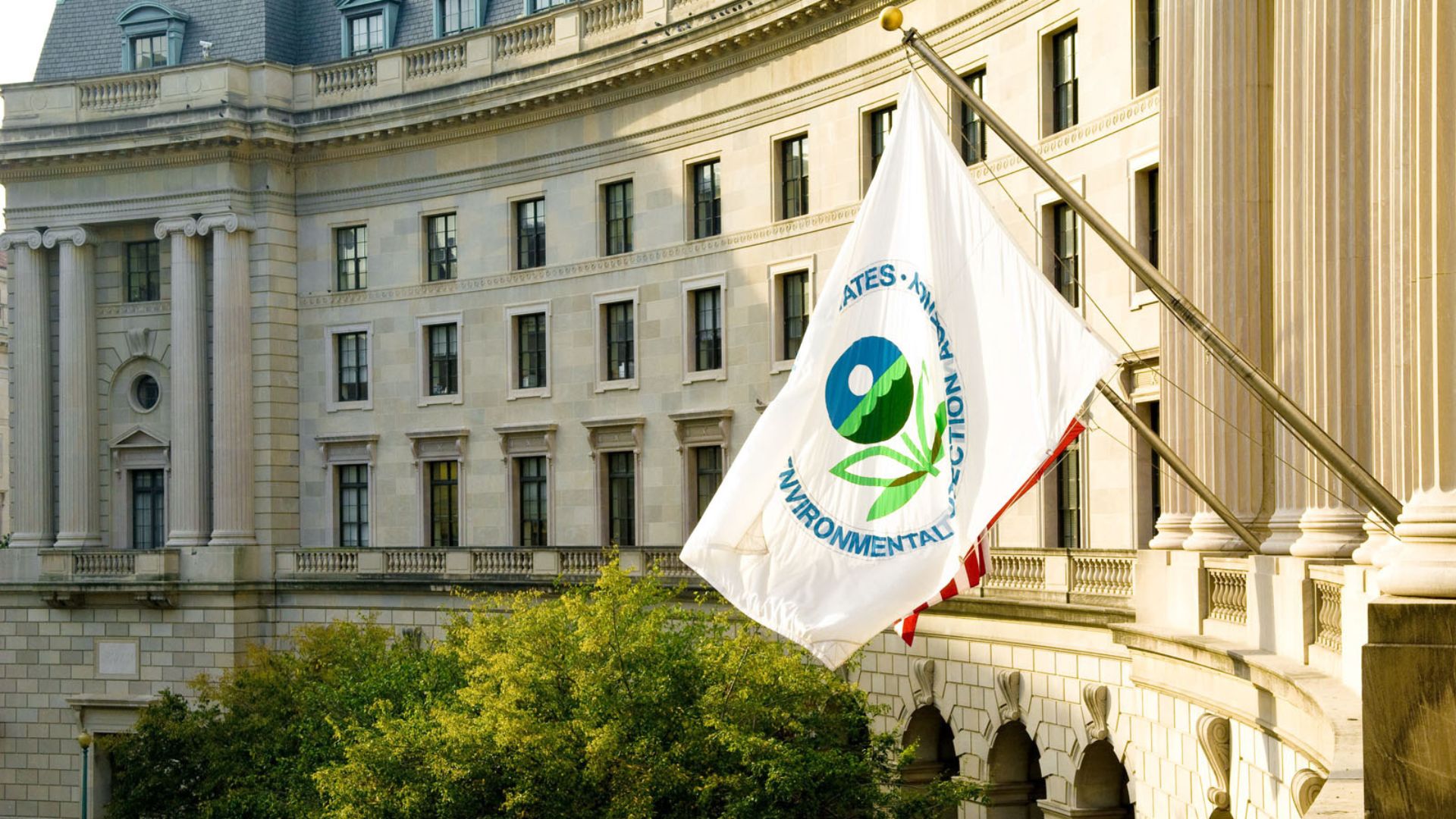
This watchdog didn’t just go after Texas and California agencies. Its report also took the time to express the failure of the federal EPA.
The federal EPA did not ensure that Texas and California agencies were properly carrying out these five-year inspections. Therefore, they have failed, too.
The EPA’s Response
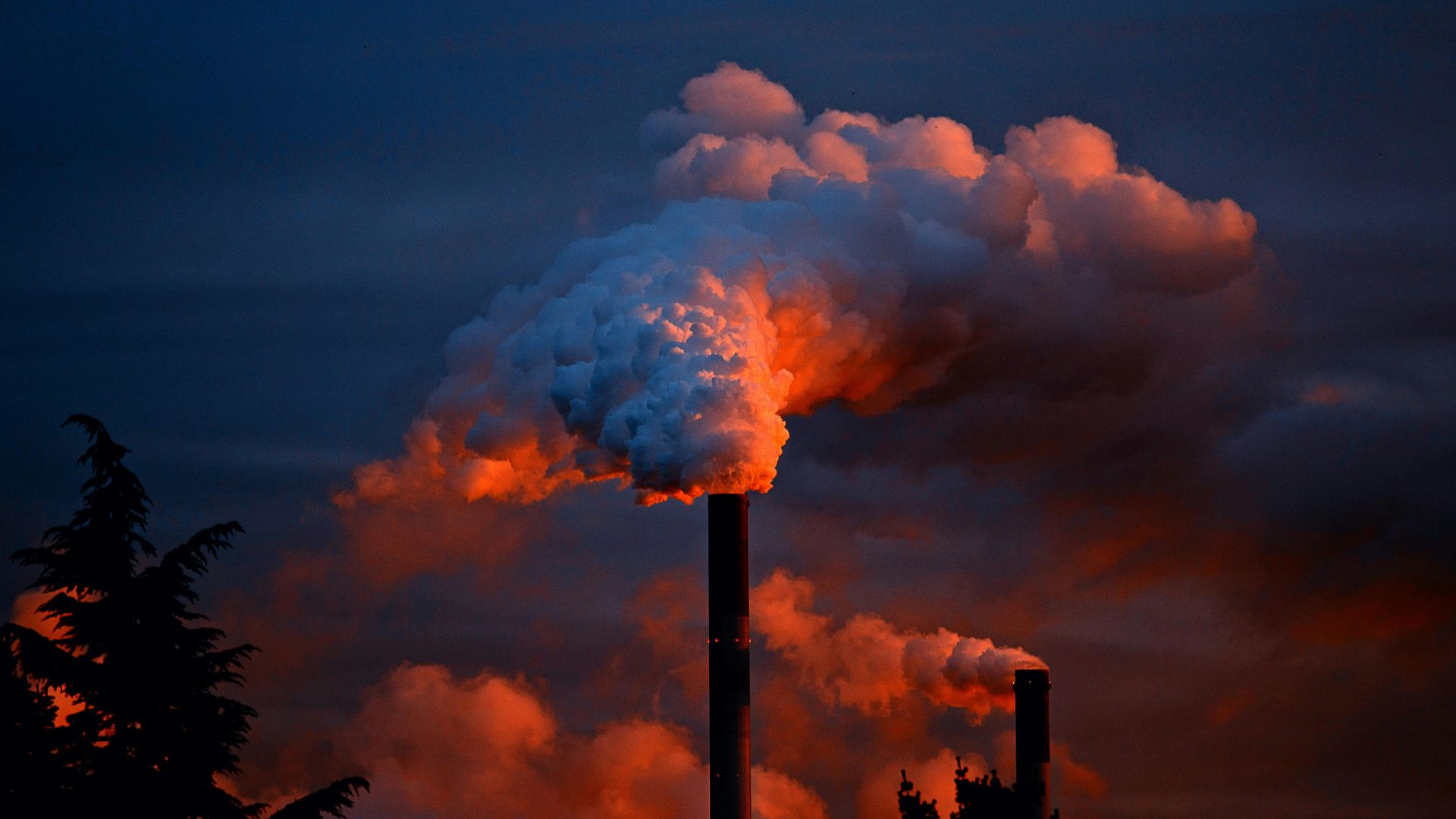
The EPA has already responded to this internal watchdog report, with officials claiming that they conduct “adequate oversight” of these facilities and agencies.
However, the EPA also said it will request that California and Texas agencies update their plans on inspection.
California’s Response

While Texas’ TCEQ has yet to respond to this report, California’s South Coast Air Quality Management District has released a statement explaining that the 27 facilities they watch have “very low” emissions.
The agency also claimed that this audit was conducted during the years when the COVID-19 pandemic was ongoing, which hindered some of their operations.
